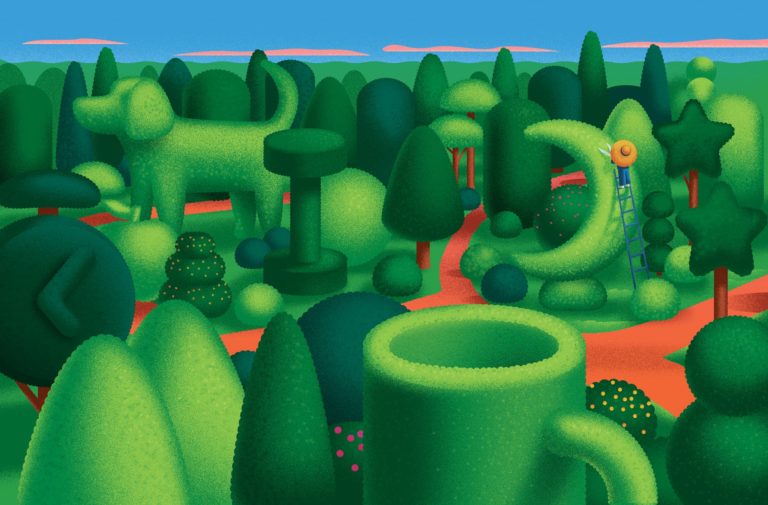In my study of happiness, I’ve labored to identify its fundamental principles. Because I get a tremendous kick out of the numbered lists that pop up throughout Buddhism (the Triple Refuge, the Noble Eightfold Path, the Four Noble Truths, the eight auspicious symbols), I decided to dub these fundamental principles as my Eight Splendid Truths.
Each one of these truths sounds fairly obvious and straightforward, but each was the product of tremendous thought. Take the Second Splendid Truth—it’s hard to exaggerate the clarity I gained when I finally managed to put it into words. Here they are:
First Splendid Truth
To be happier, you have to think about feeling good, feeling bad, and feeling right, in an atmosphere of growth.
Second Splendid Truth
One of the best ways to make yourself happy is to make other people happy;
One of the best ways to make other people happy is to be happy yourself.
Third Splendid Truth
The days are long, but the years are short. (Click here to see my one-minute movie; of everything I’ve written about happiness, I think this video resonates most with people.)
Fourth Splendid Truth
You’re not happy unless you think you’re happy.
(Many argue the opposite case. John Stuart Mill, for example, wrote, “Ask yourself whether you are happy, and you cease to be so.” I disagree.)
Fifth Splendid Truth
I can build a happy life only on the foundation of my own nature.
Sixth Splendid Truth
The only person I can change is myself.
Seventh Splendid Truth
Happy people make people happy, but
I can’t make someone be happy, and
No one else can make me happy.
Eighth Splendid Truth
Now is now.
Now I’m trying to come up with my personal eight auspicious symbols for happiness. Let’s see—bluebird, ruby slippers, dice, blood, bird house, treasure box, roses…hmmm. I will have to keep thinking about that.
What did I miss? What Splendid Truth is missing from that list?
From 2006 through 2014, as she wrote The Happiness Project and Happier at Home, Gretchen chronicled her thoughts, observations, and discoveries on The Happiness Project Blog.




